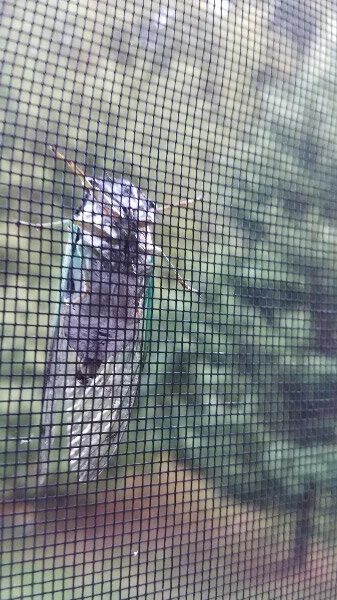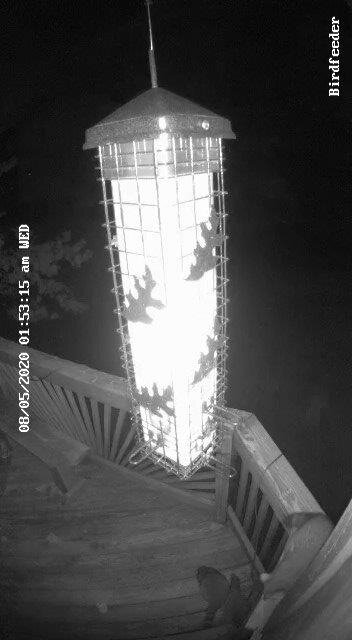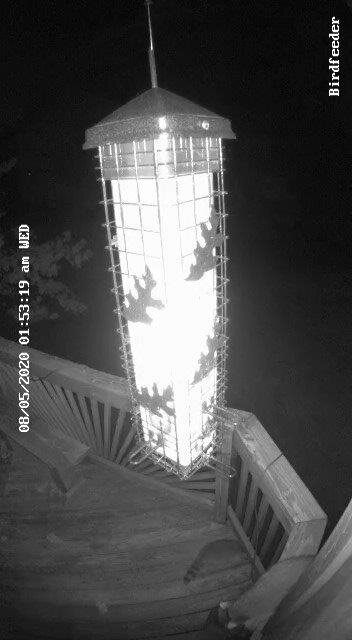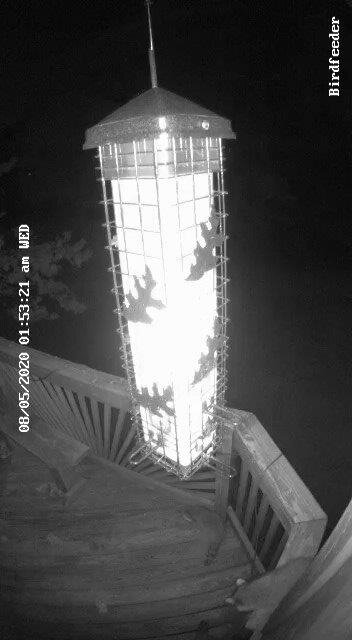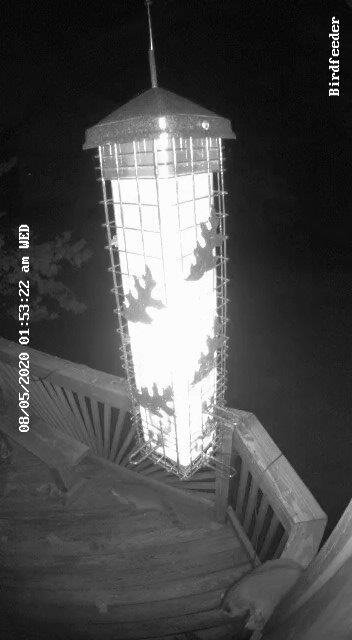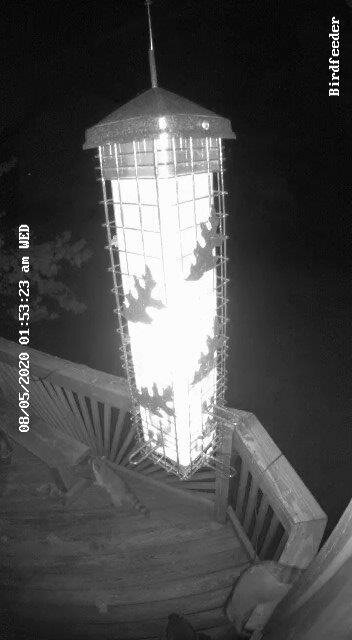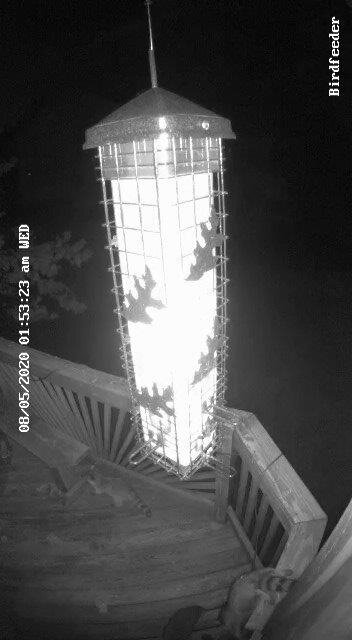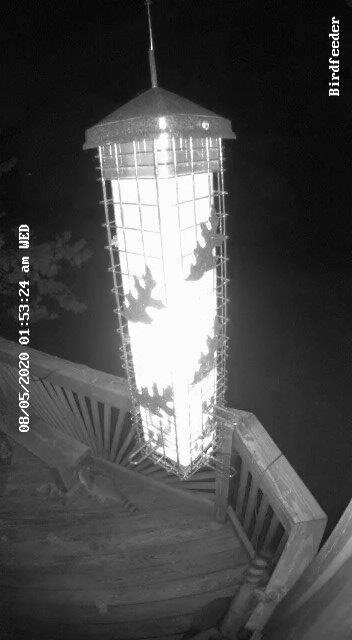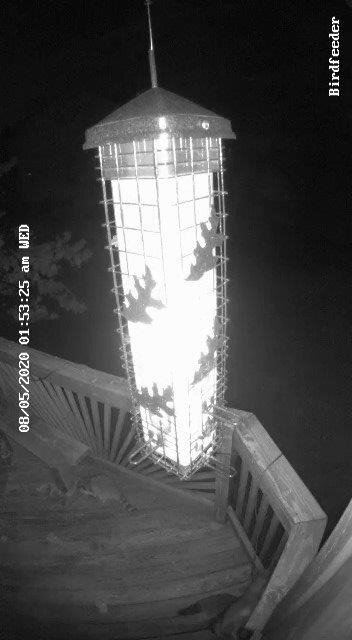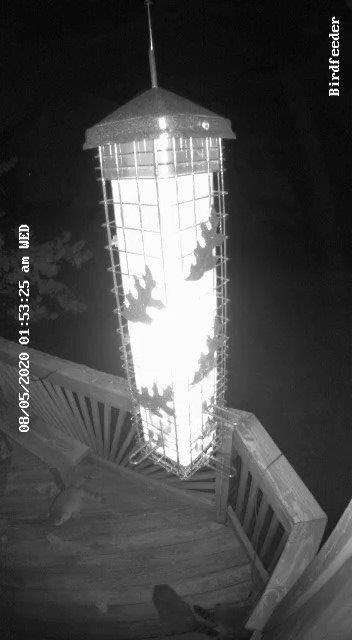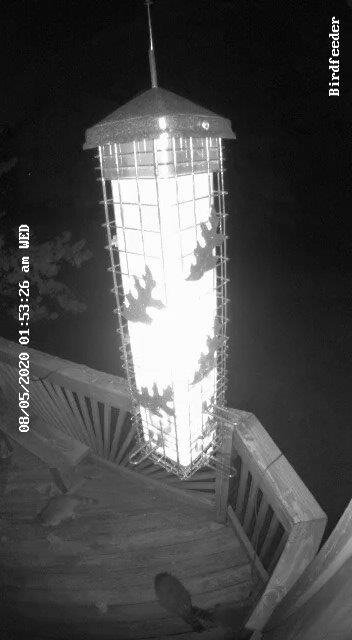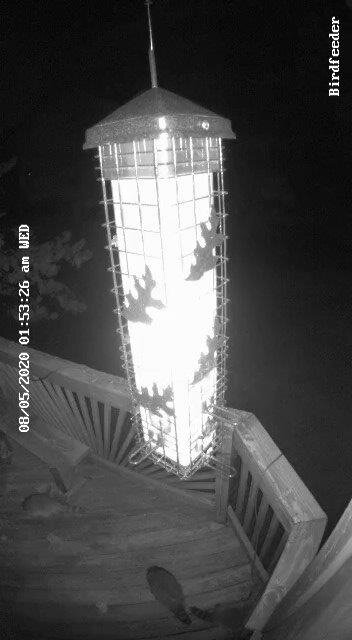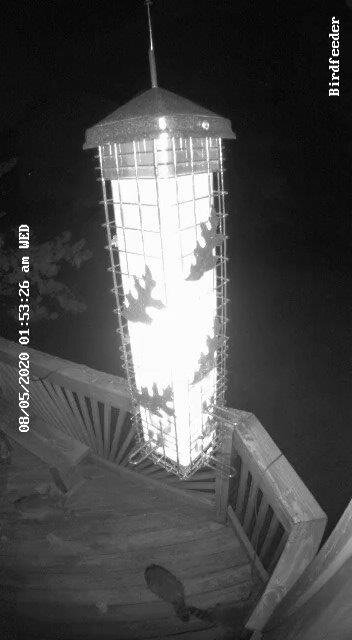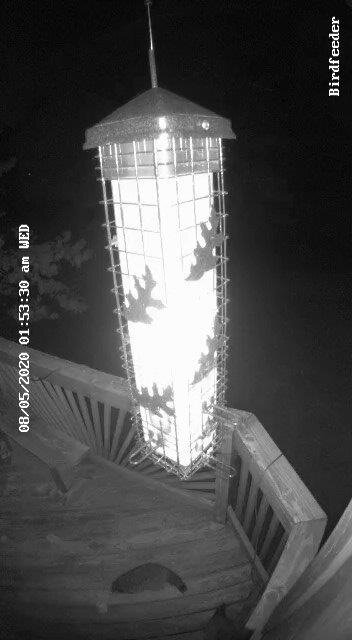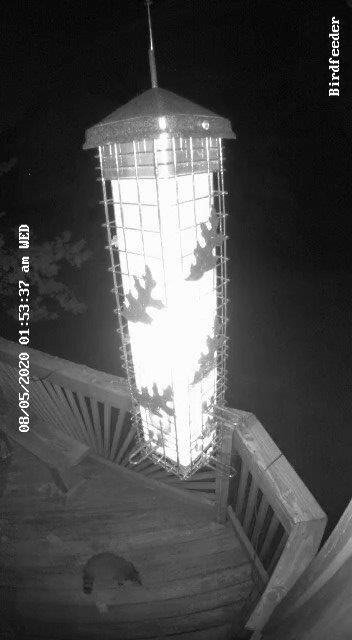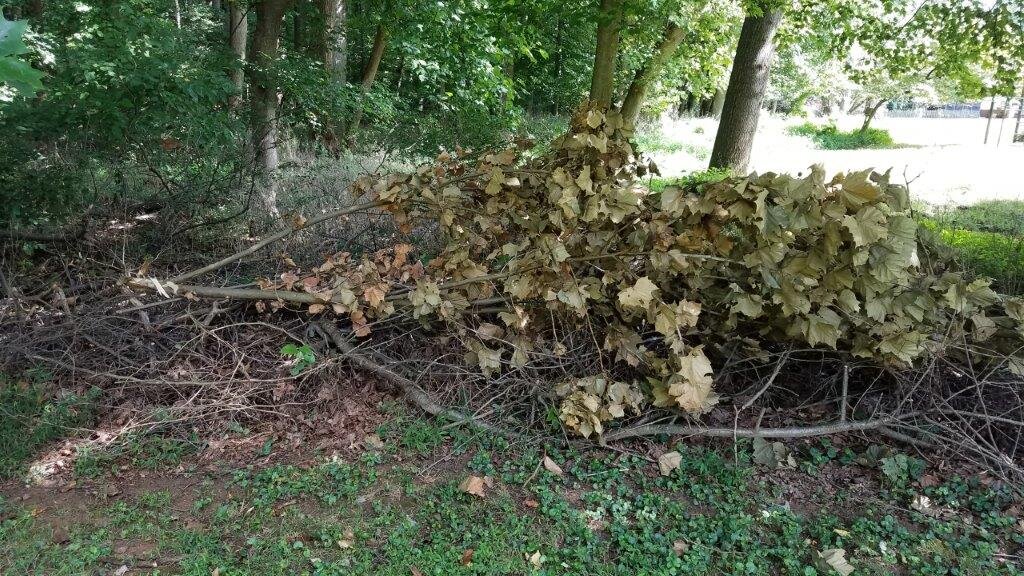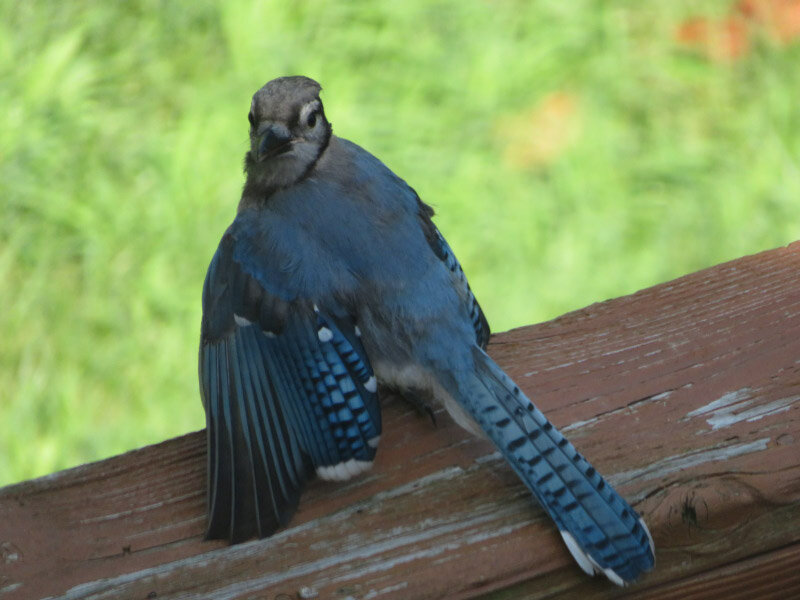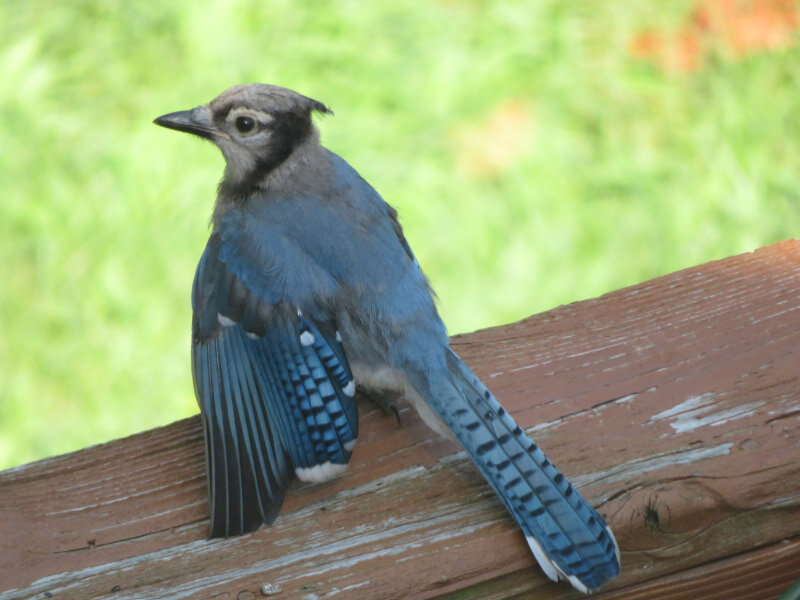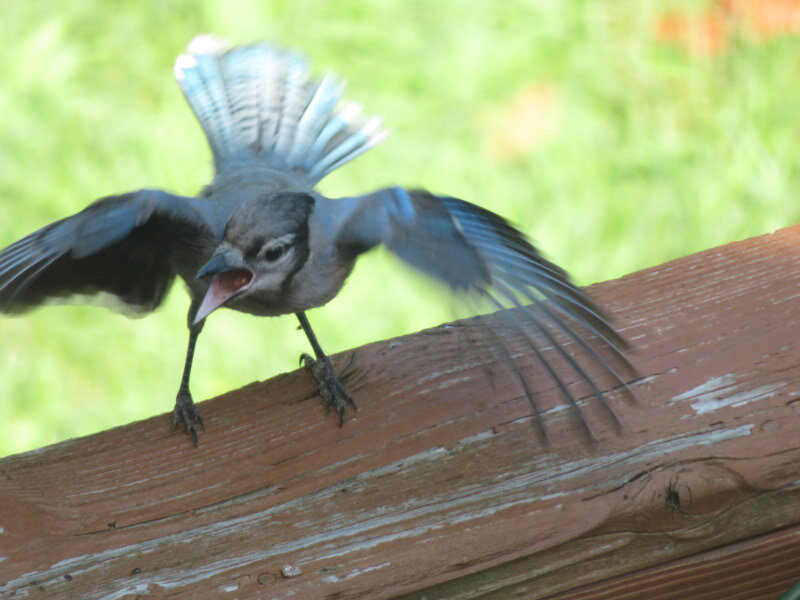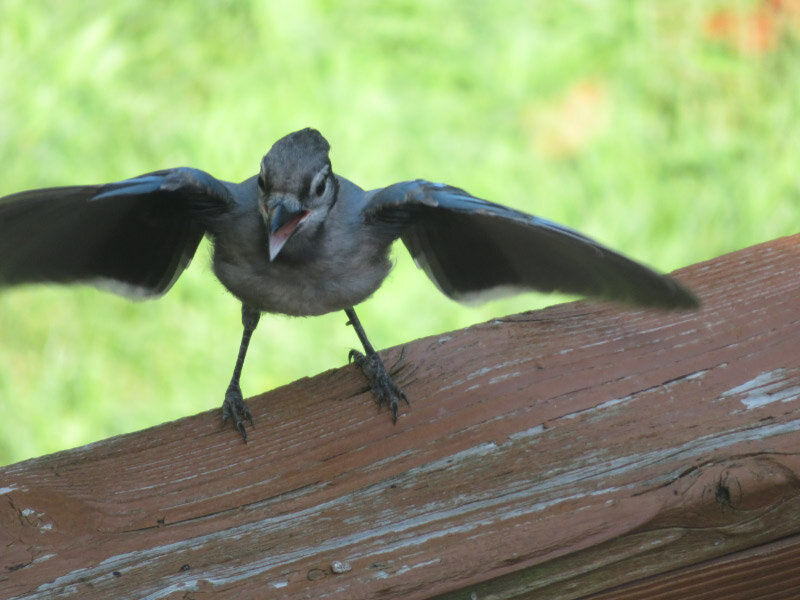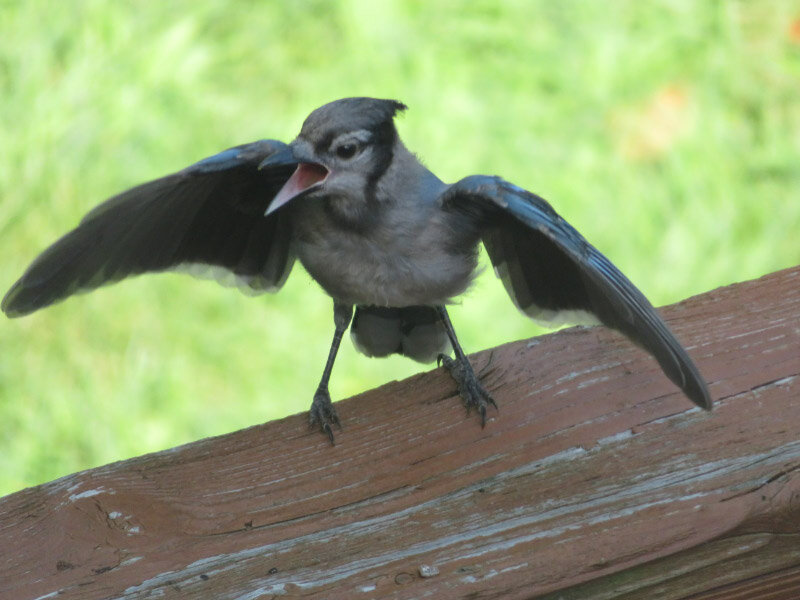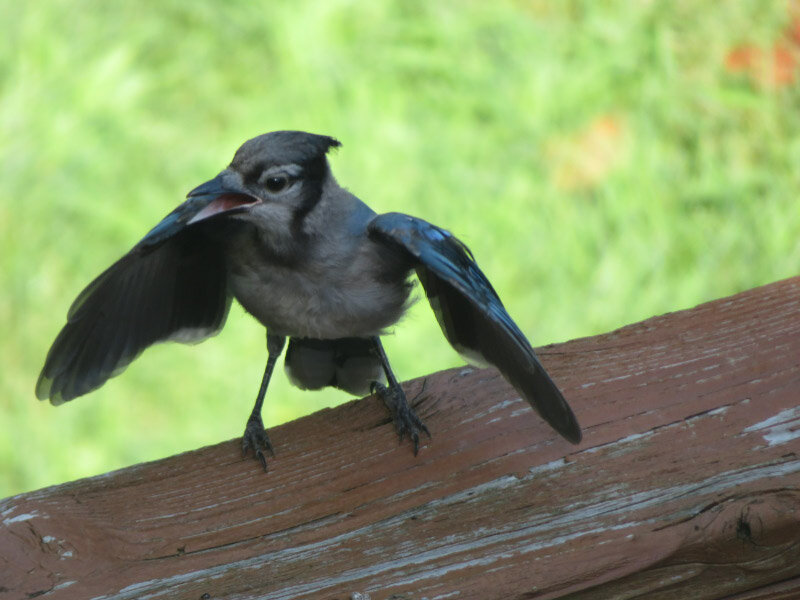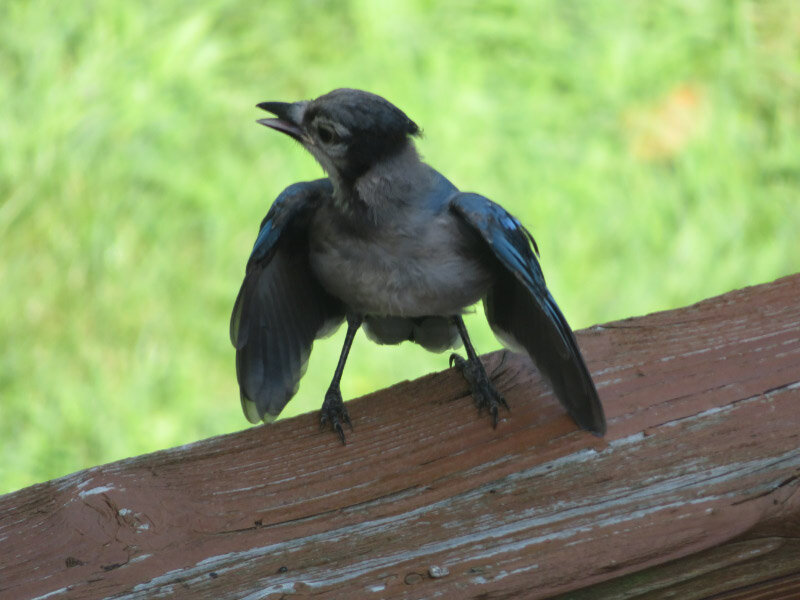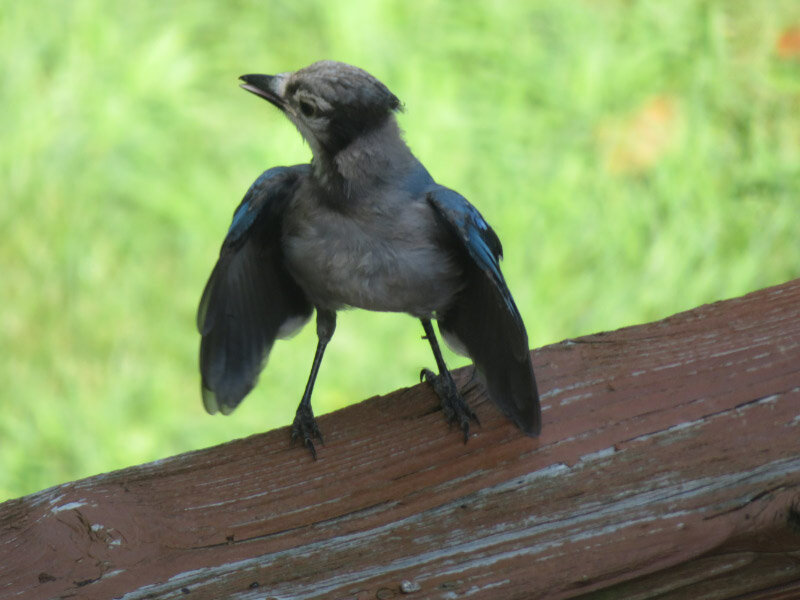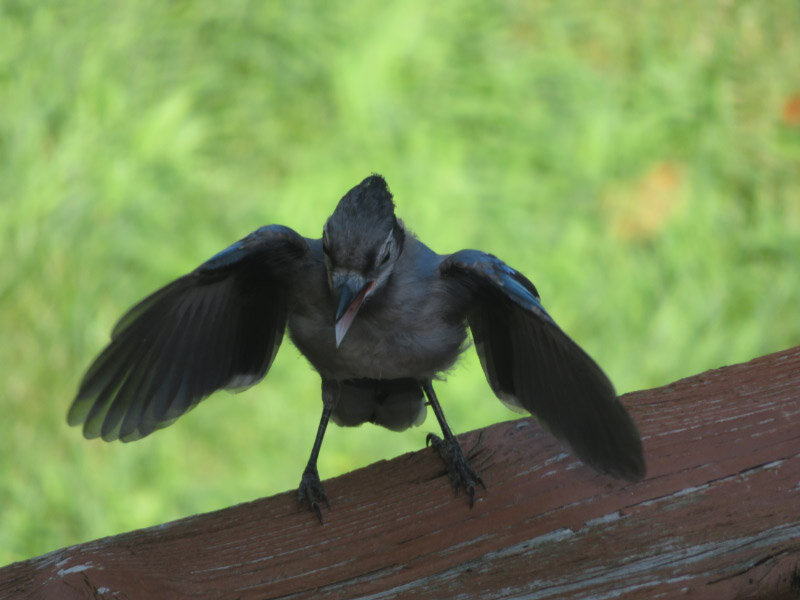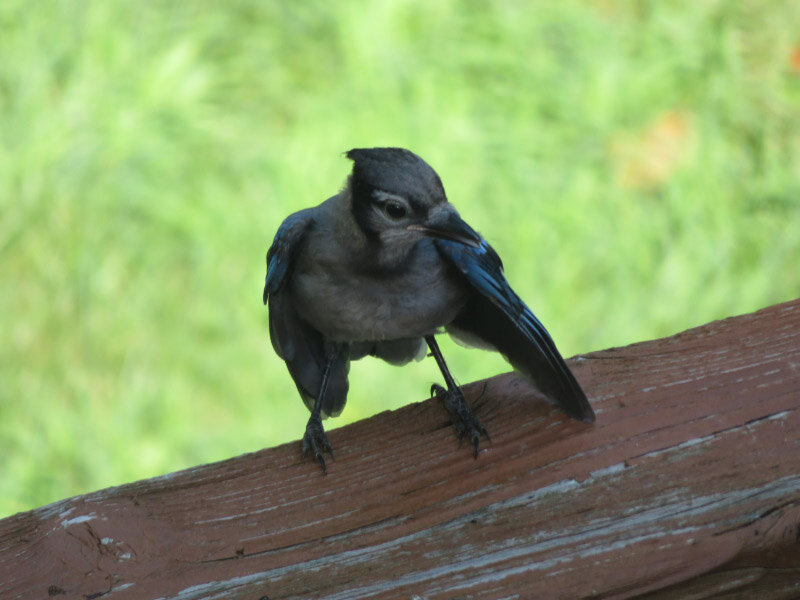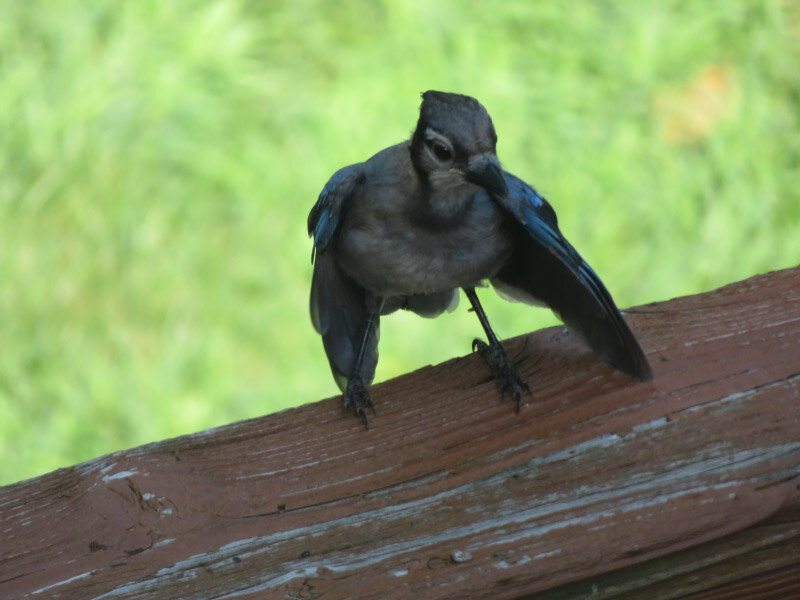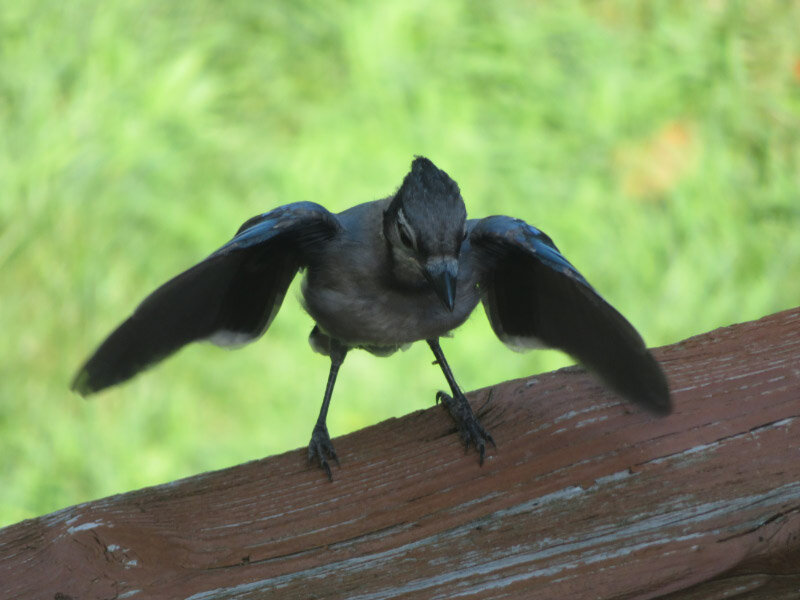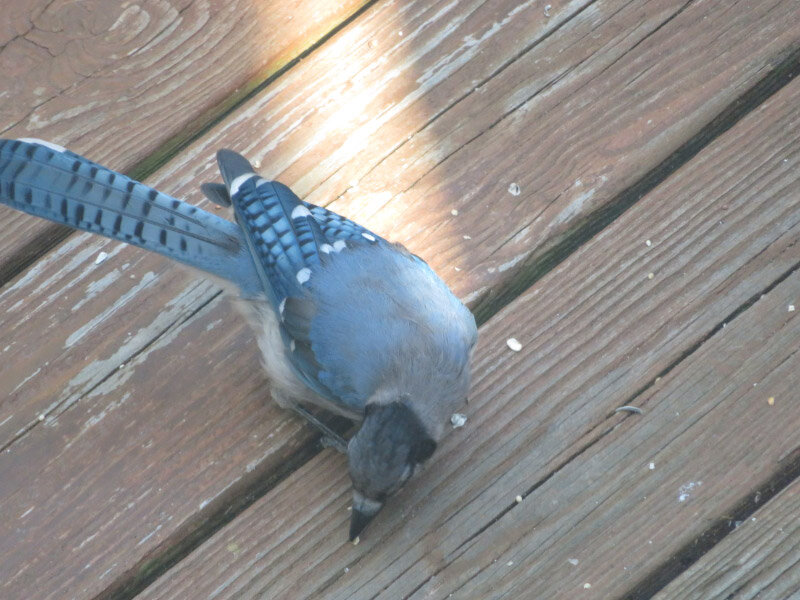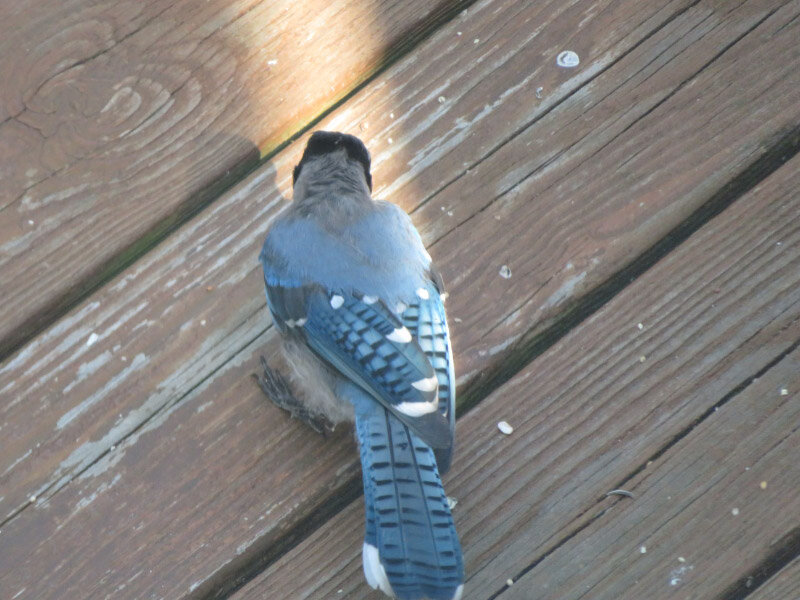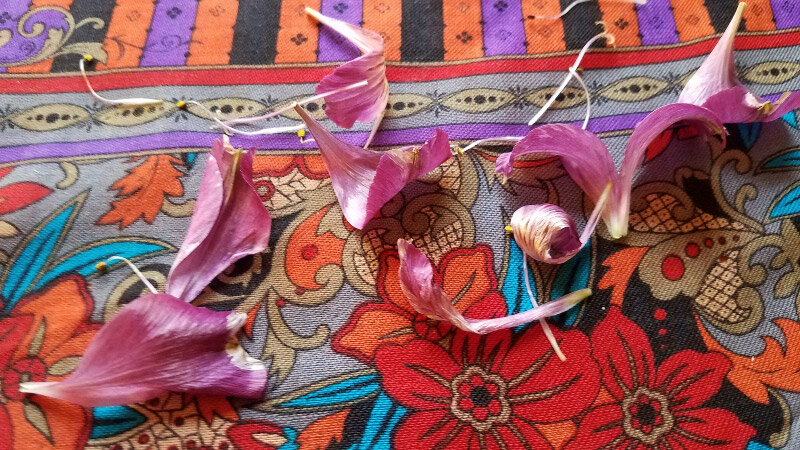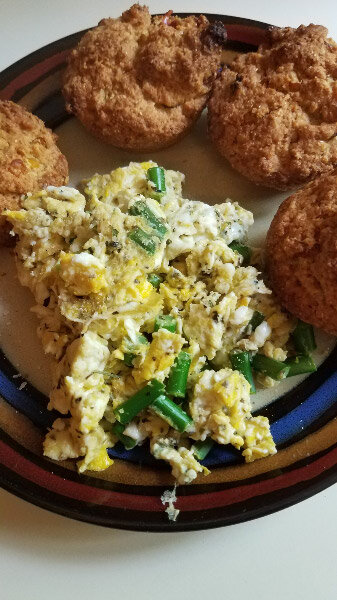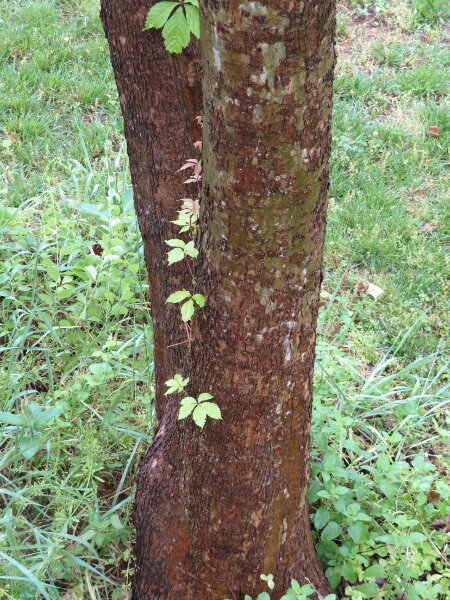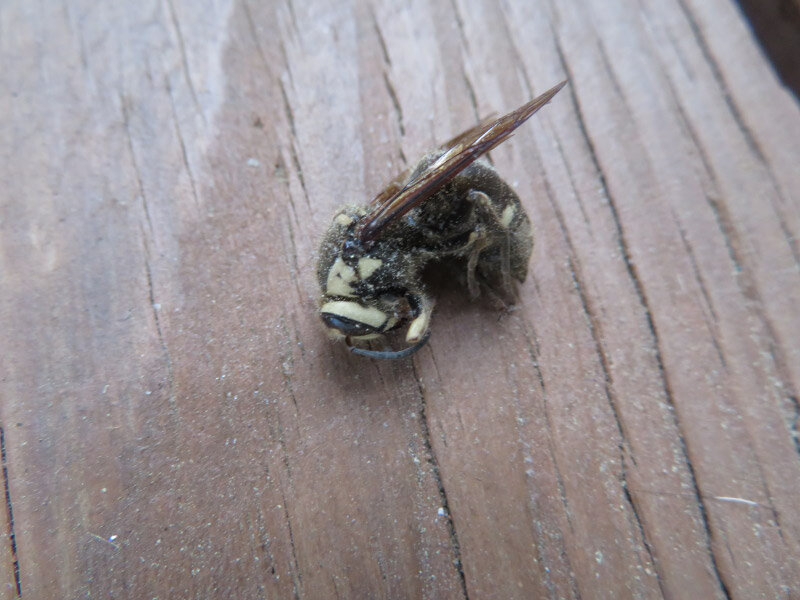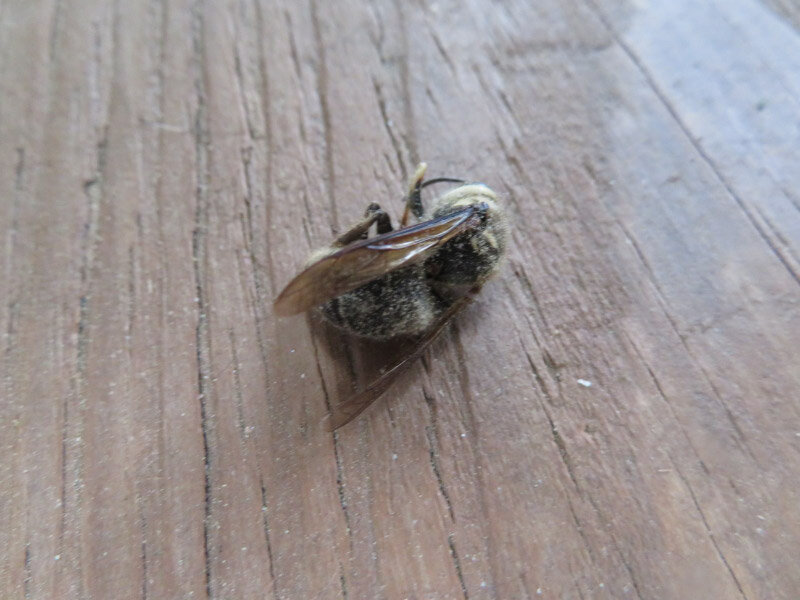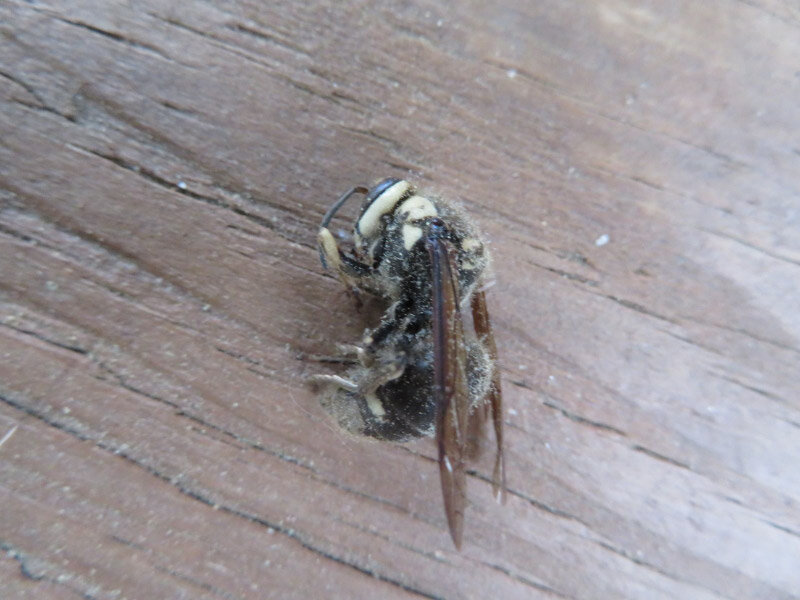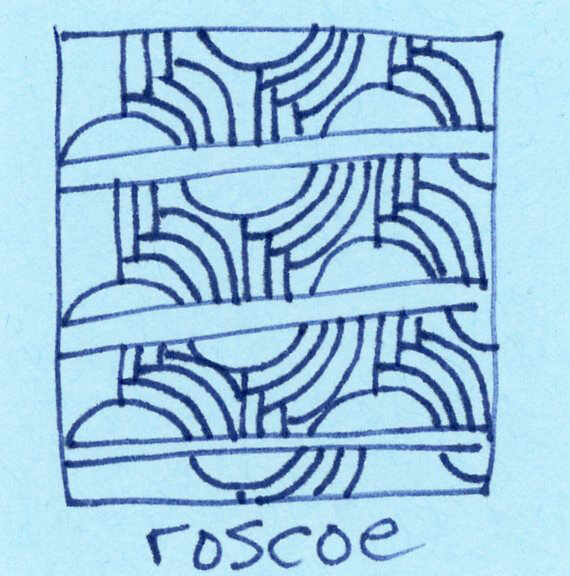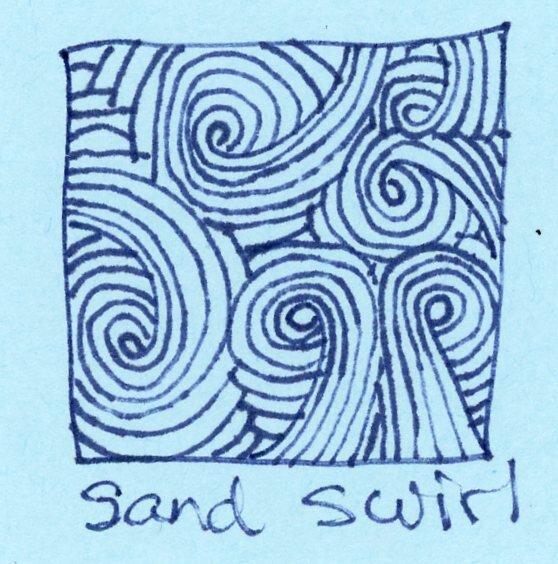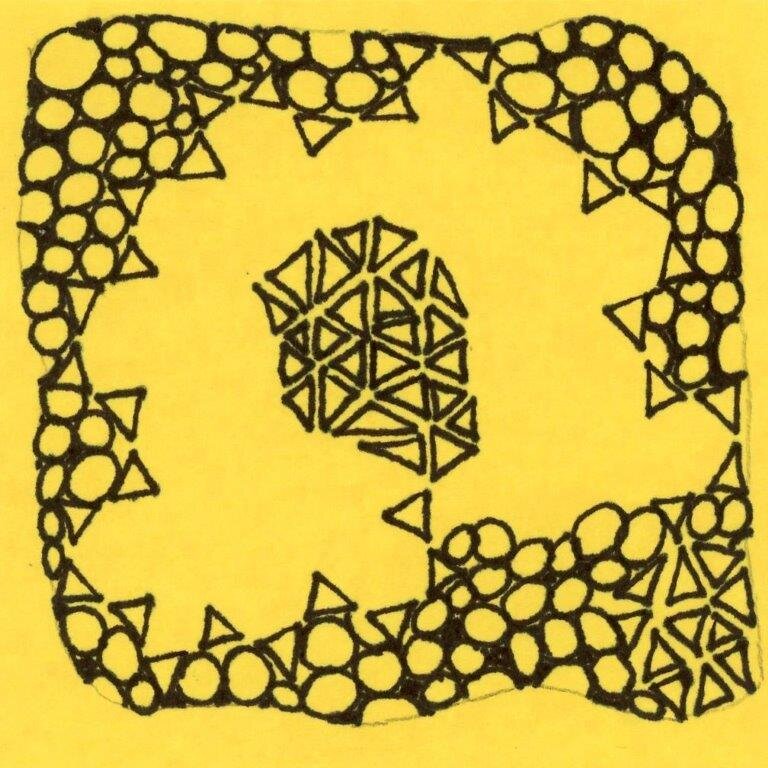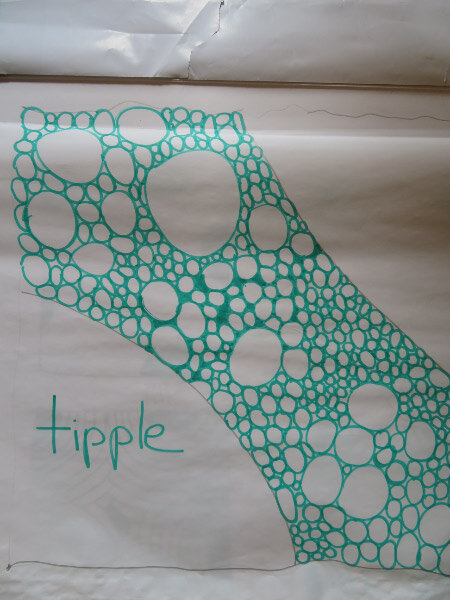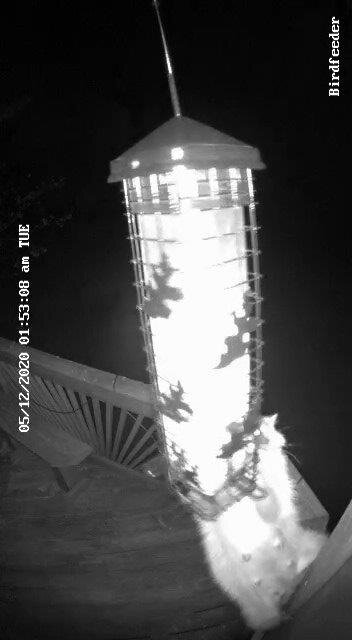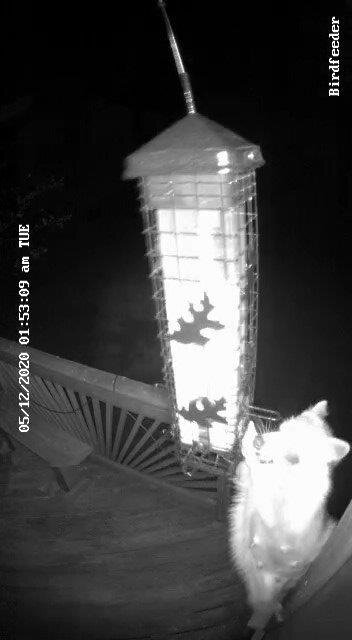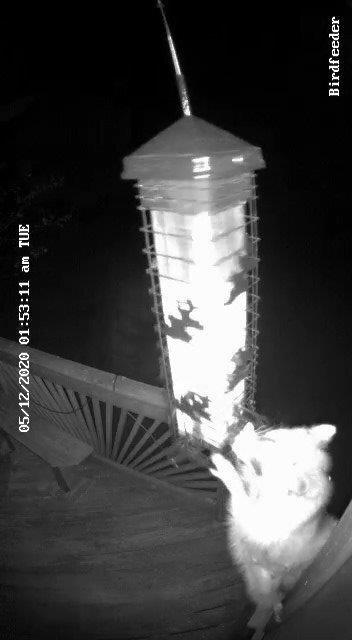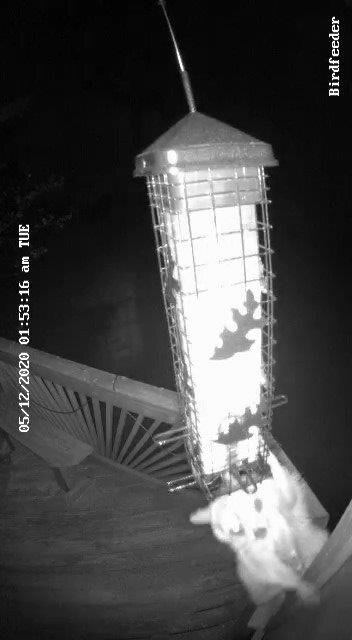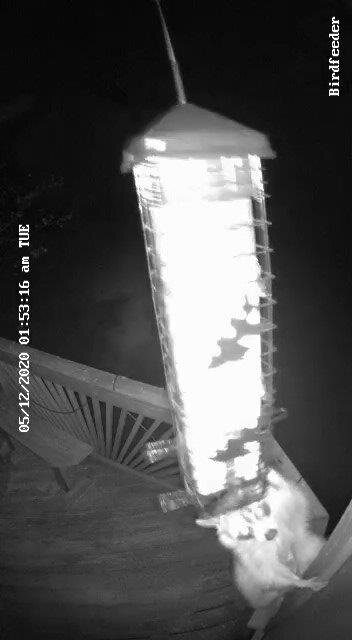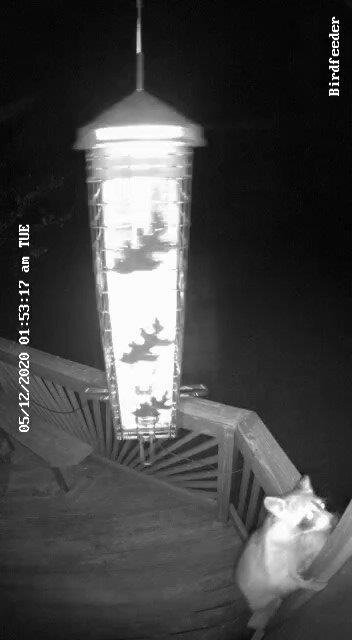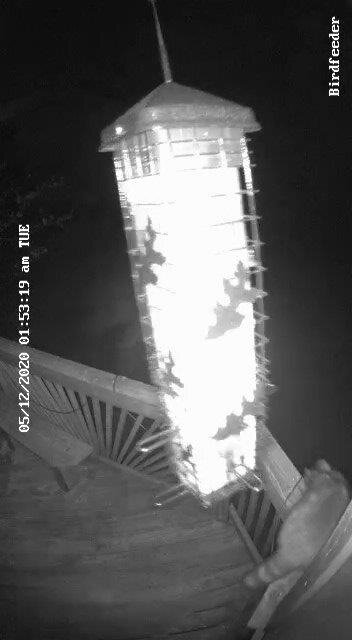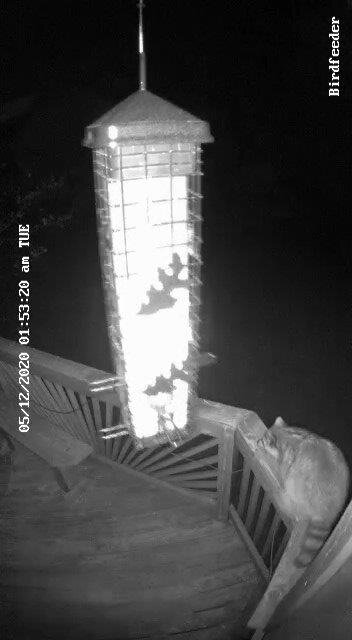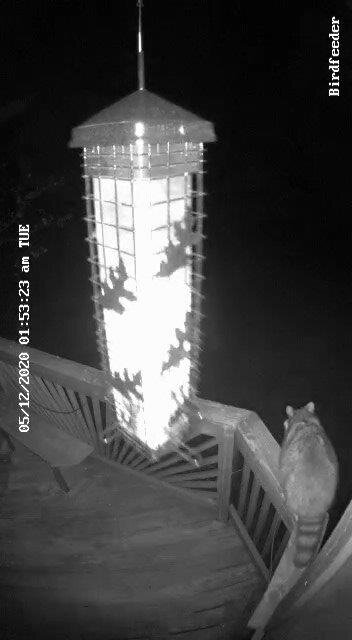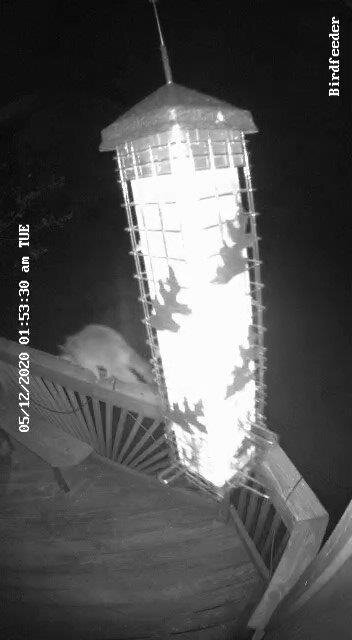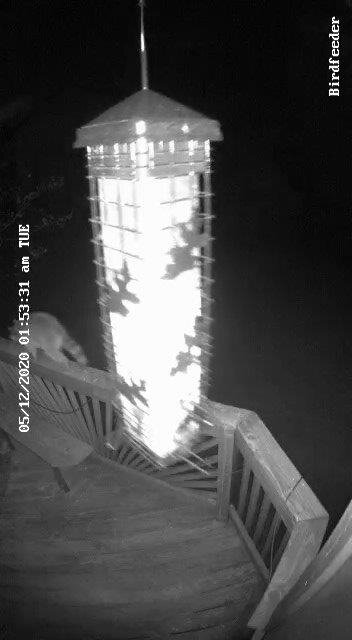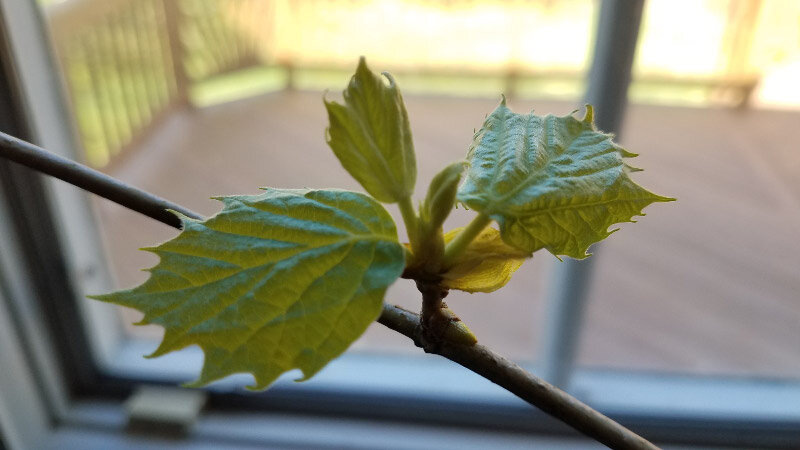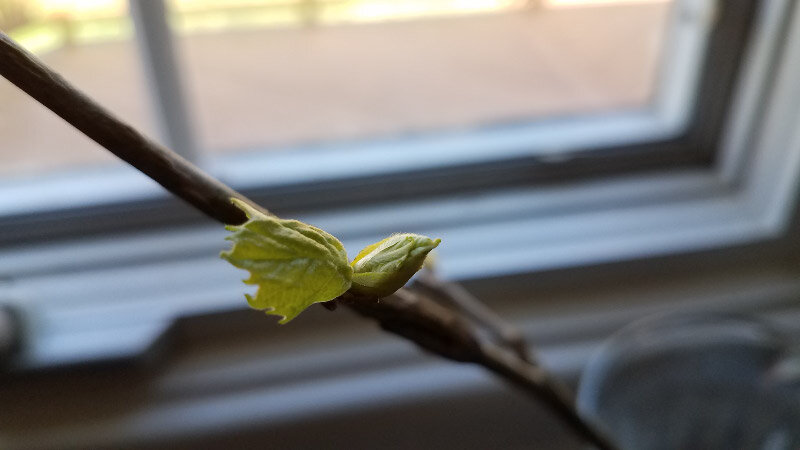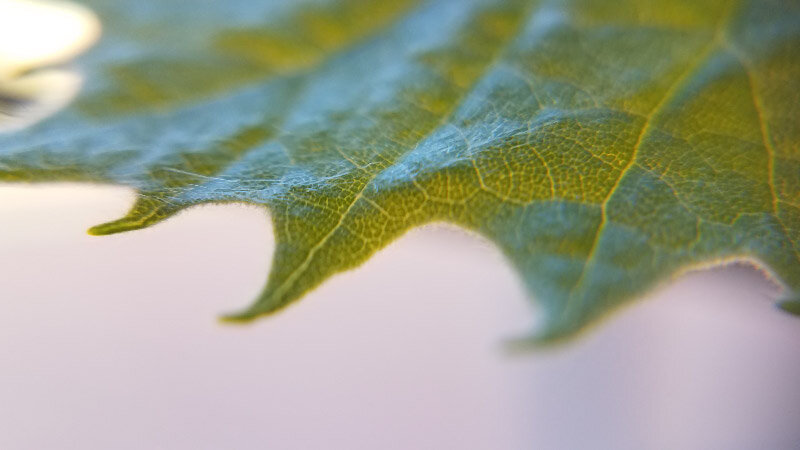Gleanings of the Week Ending August 15, 2020
/The items below were ‘the cream’ of the articles and websites I found this past week. Click on the light green text to look at the article.
Top 25 birds of the week: #Spectacular - Wild Bird Revolution and Top 25 birds of the week: #August - Wild Bird Revolution – A double dose of bird pictures for this week!
A New Look at Ancient Nubia - Archaeology Magazine – South of Egypt….evidence of sophisticated culture centuries before the pharaohs extended their rule to the area.
New fabric could help keep you cool in the summer, even without A/C -- ScienceDaily – Interesting. But are there some negatives to ‘nanofibrous membranes’? Could they be worse pollutants than microplastics if we aren’t careful with them?
Photography in The National Parks: Gearing Up, Staying Safe, And Getting Back Out There with My Cameras at Crater Lake National Park - I’m still not confident enough to try a road trip to a national park when I am still carefully timing my trips to the grocery store! I’d have to purchase a lot more masks than I have now --- and develop a strategy for ‘rest’ stops along the way.
Older adults coped with pandemic best, study reveals -- ScienceDaily – This study seems intuitive to me. My husband and I are in the over 65 crowd and post-career. We miss volunteering and traveling…but we are not anxious about a job or childcare or facing financial catastrophe. 2020 is a going to be an odd year for us…but not a bad one. It’s not hard to laugh about not knowing when we’ll get a haircut!
Activities Discovered for Some Inactive Drug Ingredients | The Scientist Magazine® - There is more than the drug in the capsule….and it’s hard to know how many ‘side effects’ to drugs are actually a reaction to something that was supposed to be inert – but isn’t for everyone.
The Weird, Wondrous and Vulnerable American Horseshoe Crab – Cool Green Science – Blue bloods…and ancient…. Can they survive their interaction with humans?
Forty percent of dementia cases could be prevented or delayed by targeting 12 risk factors throughout life -- ScienceDaily – There 9 risk factors identified in 2017 (less education in early life; mid-life hearing loss/hypertension/obesity; later life smoking/depression/social isolation/physical inactivity/diabetes) and now there are 3 being added: excessive alcohol intake, head injury in mid-life, and air pollution in later life.
Forest Photos Captured in Different Seasons Shows the Beauty of Change – Interesting idea of a long-term photography project. I’ll have to start scouting some places easy for me to get to.
Childhood connection to nature has many benefits but is not universally positive, finds review: A connection to nature is complex, as well as positive emotions, it can generate negative emotions linked to issues like climate change -- ScienceDaily – But those negative emotions can lead to actions toward a more livable world….which would net to a positive in the long run.
Unique Activities for Yesterday:
Cicada on the Screen. There don’t seem to be as many cicadas around this year. I hear one occasionally…but no answering song. I hope they are finding mates but would be more confident if there were the usual overlapping songs. There was one on the screen of our covered deck in the early morning. It must have spent the night there and it was not quite warm enough for it to be singing. Later in the day it was gone.



